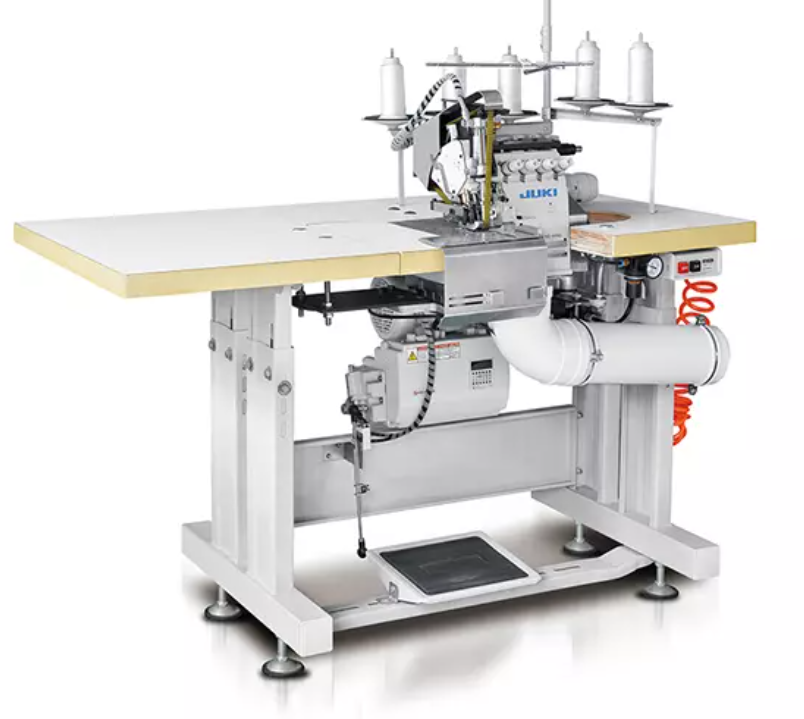Rebonded foam machines create an eco-friendly alternative to regular foams commonly used in seat cushions, automotive seats, and packaging. Despite their widespread applications, these machines remain unfamiliar to many people.
Rebonded Foam Basics
Rebonded (or “recon”) foam combines reclaimed foam fragments processed to enhance durability. Manufacturers create this material by breaking down and blending various foam densities with adhesives under mechanical pressure, then setting it to achieve desired thickness and strength.
The Manufacturing Process
The foam rebonding process involves four main steps:
- Collection of foam materials
- Shredding the foam
- Mixing with binders
- Pressing into molds
Quality rebonding machines feature specialized components including mixer tanks, mechanical pressing systems, shredders, and molding stations.
Applications
With a lifespan of approximately 12 years, rebonded foam serves multiple industries including:
- Public transportation seating
- Wheelchair cushioning
- Gym equipment padding
- Restaurant seating
- Carpet underlayment
- Industrial machinery
Its open-cell structure provides high resilience, making it ideal for high-traffic areas subject to wear and tear.
